Brain injuries, whether mild or severe, can have life-altering consequences. However, the brain’s inherent capability for neuroplasticity in brain injury recovery offers a beacon of hope for many. This natural process represents the brain’s remarkable capacity to reorganize itself, often in ways that allow people to reclaim abilities once thought permanently lost. It is not a quick fix, but rather a gradual, adaptive journey in which small, consistent changes build toward meaningful recovery. This phenomenon, deeply rooted in the brain’s adaptability, plays a pivotal role in the healing process post-injury. But how does neuroplasticity aid in brain injury recovery, and what can individuals do to harness its potential?
Neuroplasticity in Brain Injury Recovery: A Deep Dive into Healing Mechanisms
Understanding the role of Neuroplasticity in Brain Injury Recovery is essential for both patients and healthcare providers as they navigate the recovery journey.
Neuroplasticity, at its essence, refers to the brain’s ability to restructure and adapt by forming new neural connections. This adaptability becomes especially crucial when the brain faces injuries. Brain injury recovery, powered by neuroplasticity, involves the reorganization of neural pathways to compensate for damaged areas. This process may include the strengthening of existing connections, the creation of entirely new pathways, and even the reassignment of brain regions to handle functions they did not previously control. It is a dynamic and ongoing process influenced by environment, behavior, and deliberate therapeutic engagement.
- Neuroplasticity at Work: After a brain injury, certain areas might become non-functional or less efficient. Neuroplasticity steps in, allowing other parts of the brain to take over these functions, leading to recovery and adaptation. For example, a person who experiences damage to a language-processing center may, through targeted exercises and repeated practice, recruit adjacent brain regions to help restore speech and comprehension. In this way, neuroplasticity is not simply a theoretical concept—it is observable in real-life improvements when the right conditions for change are provided.
- Memory and Skill Retention: One of the remarkable aspects of neuroplasticity is its role in preserving memories and skills. Even after an injury, the brain can relearn and retain crucial information, thanks to its plastic nature. The relearning process often requires more time and repetition than it did before the injury, but the potential for regaining abilities remains strong. Patients frequently report that once they begin to make progress, their rate of improvement accelerates, reflecting the brain’s ability to ‘learn how to learn’ again.
- Rehabilitation and Neuroplasticity: Modern rehabilitation techniques leverage the principles of neuroplasticity. Tailored exercises, cognitive tasks, and therapies aim to stimulate the brain, promoting the formation of new neural connections. The success of these interventions depends heavily on timing, intensity, and consistency. Early intervention often produces faster results, but research and clinical practice show that neuroplastic change can occur even years after an injury if the brain is given the right stimuli.

Strategies to Enhance Neuroplasticity During Brain Injury Recovery
- Engage in Cognitive Exercises: Brain games, puzzles, and memory tasks can stimulate neural growth and strengthen existing pathways. More complex challenges, such as learning a new skill, language, or instrument, can provide an even greater boost by activating multiple regions of the brain simultaneously.
- Physical Activity: Regular movement and exercise can boost blood flow to the brain, supporting neuroplasticity and healing. Activities that require coordination, such as dancing, swimming, or yoga, also engage both motor and cognitive networks, further enhancing adaptability.
- Mindful Practices: Meditation and relaxation techniques can aid in reducing stress, a factor that can hinder neuroplasticity. In addition, maintaining a positive and engaged mindset can play a powerful role in signaling to the brain that it is safe to explore, adapt, and rebuild lost capabilities.
For a comprehensive understanding of neuroplasticity and its myriad applications, delve into the guide on neuroplasticity titled “Neuroplasticity Unveiled: A Comprehensive Guide to Harnessing the Brain’s Remarkable Potential.”
Conclusion
Neuroplasticity brain injury recovery underscores the brain’s resilience and adaptability. Recognizing and harnessing this potential can pave the way for effective healing, offering hope to countless individuals impacted by brain injuries.





